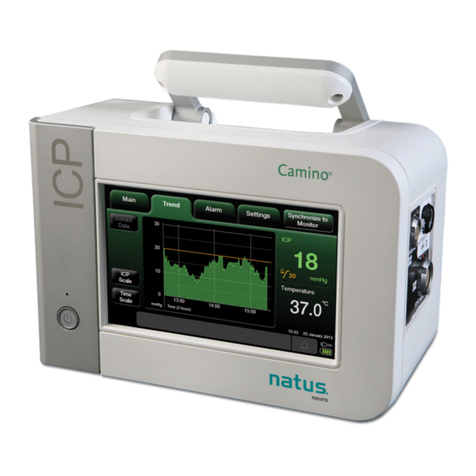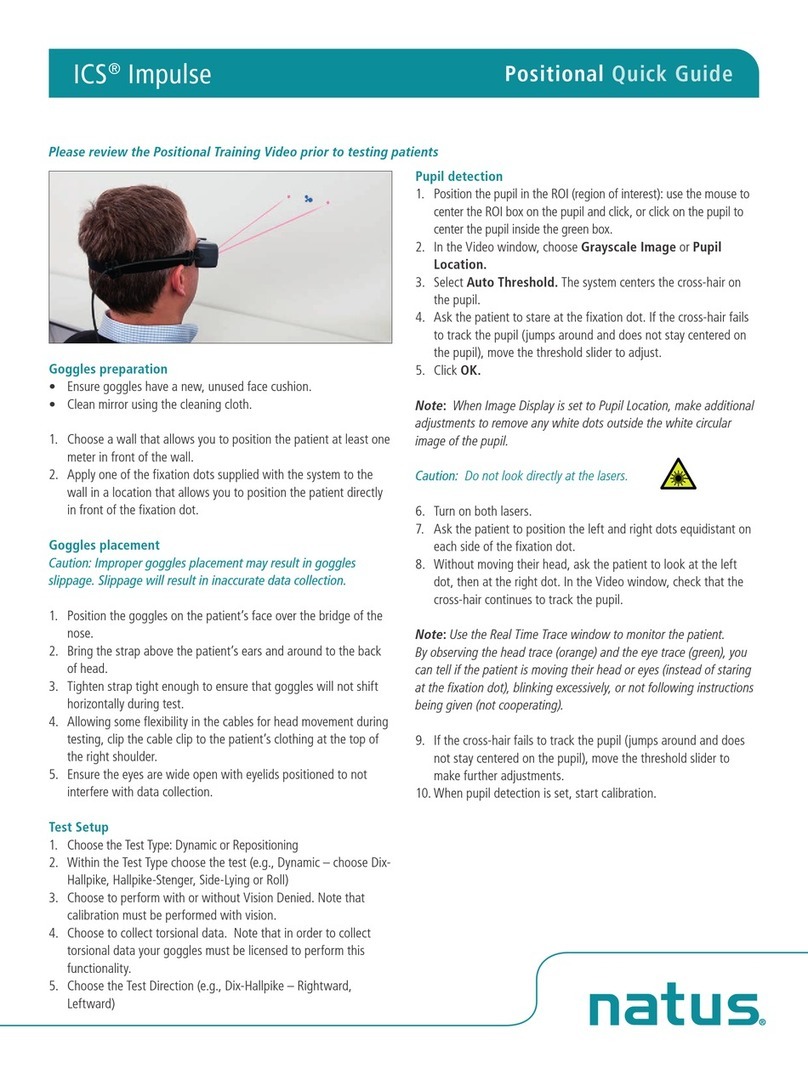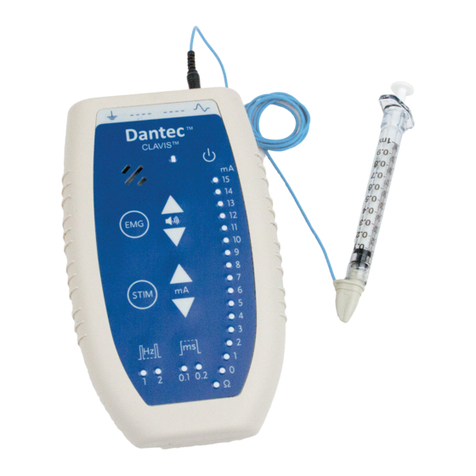natus Madsen Zodiac User manual
Other natus Medical Equipment manuals
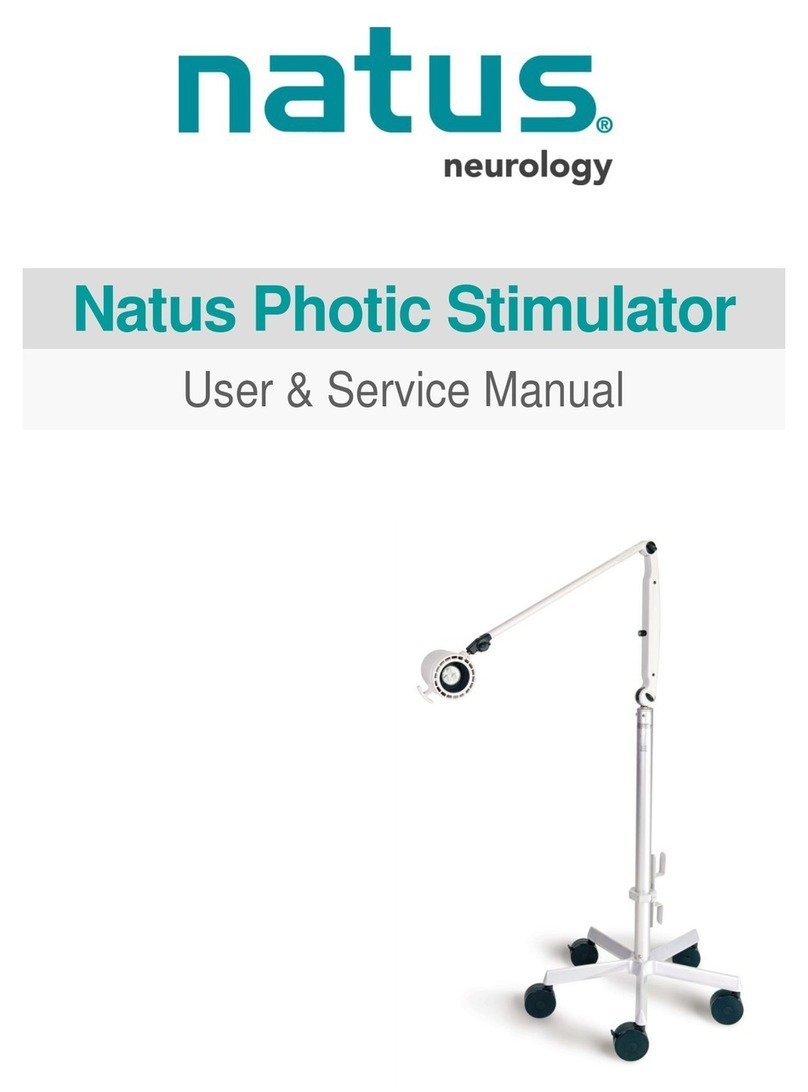
natus
natus Photic Stimulator Troubleshooting guide
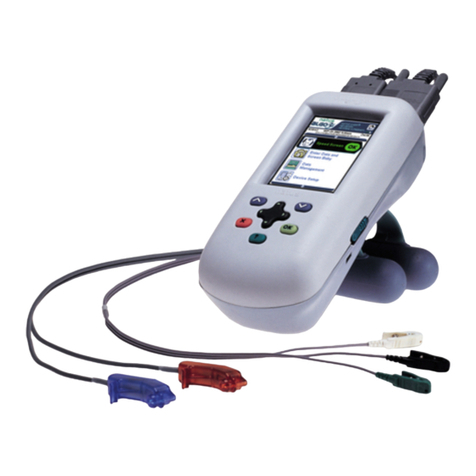
natus
natus ALGO 3i User manual
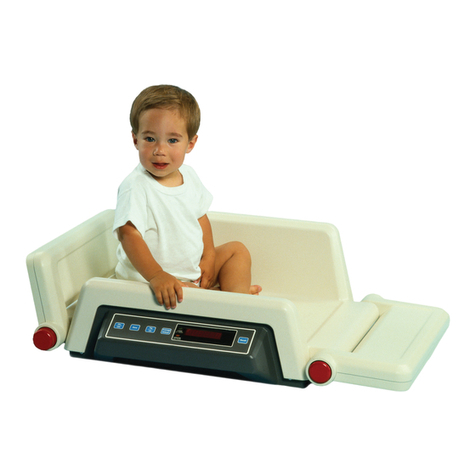
natus
natus OLYMPIC SMART SCALE 50 User manual

natus
natus ICS Aircal User manual
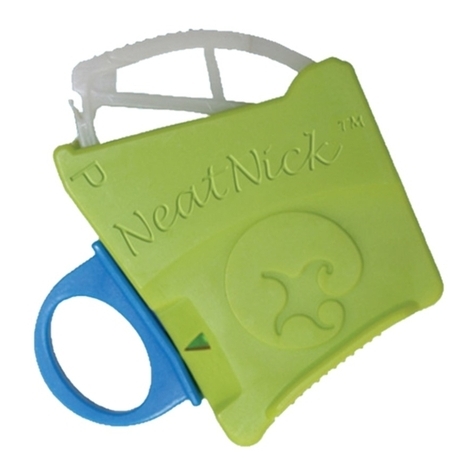
natus
natus SugarPlum User manual
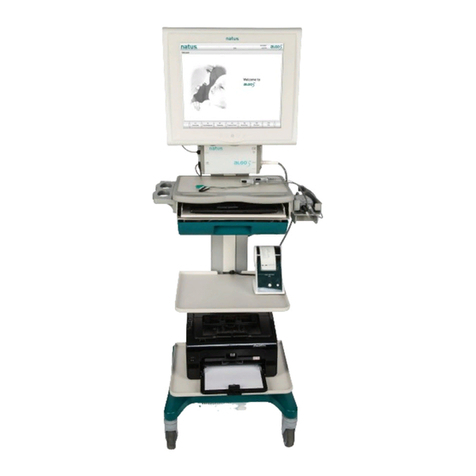
natus
natus ALGO 5 Guide
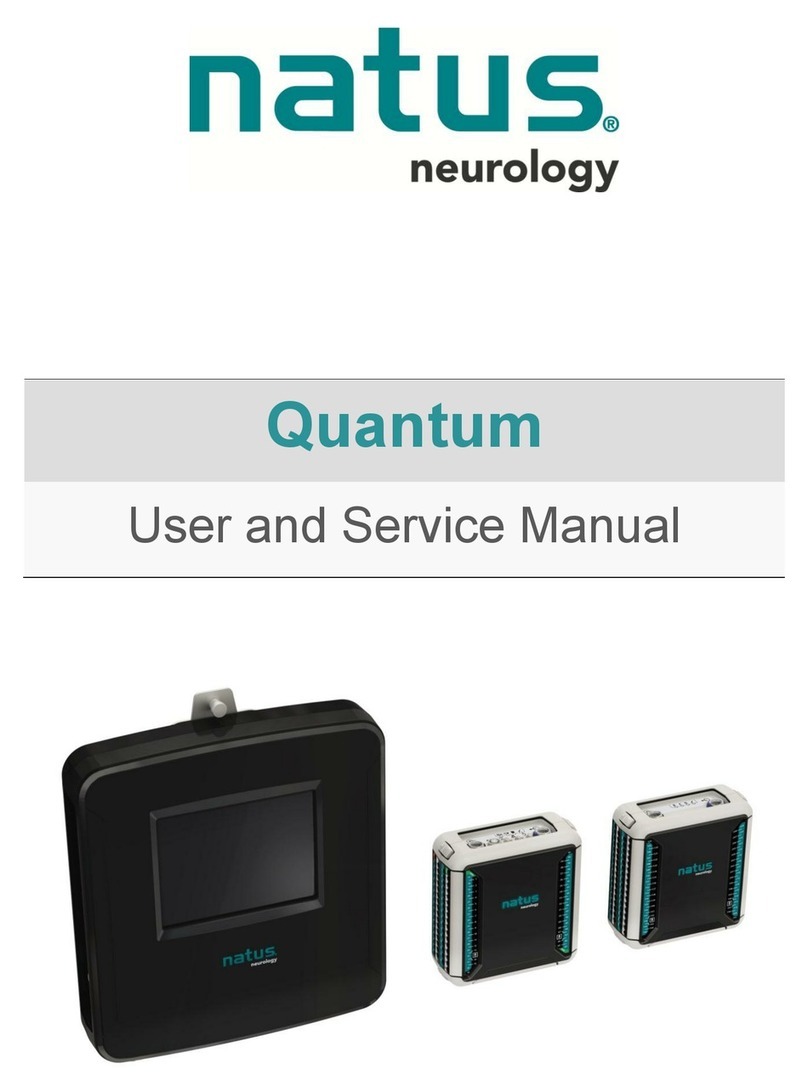
natus
natus Quantum Troubleshooting guide

natus
natus Nicolet V Series Specification sheet
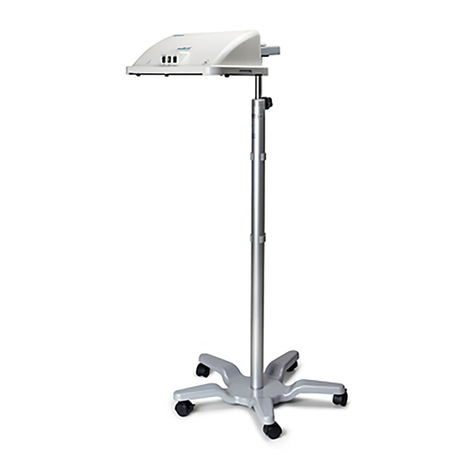
natus
natus neoBLUE User manual
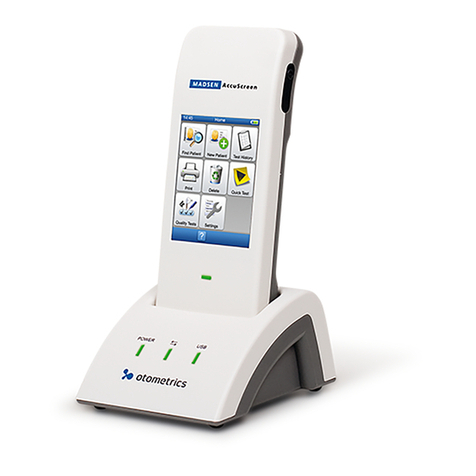
natus
natus Madsen AccuScreen User manual
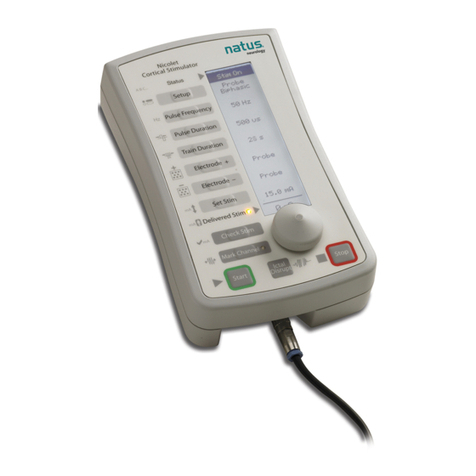
natus
natus Nicolet User manual
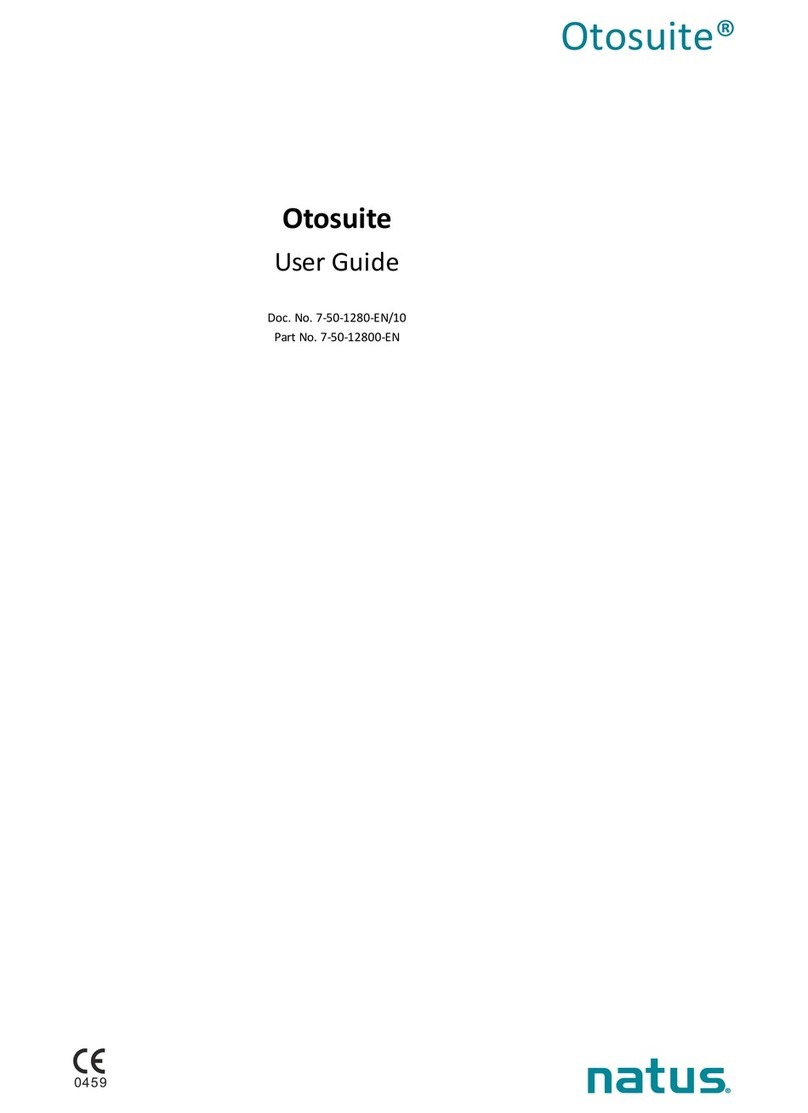
natus
natus Otosuite User manual
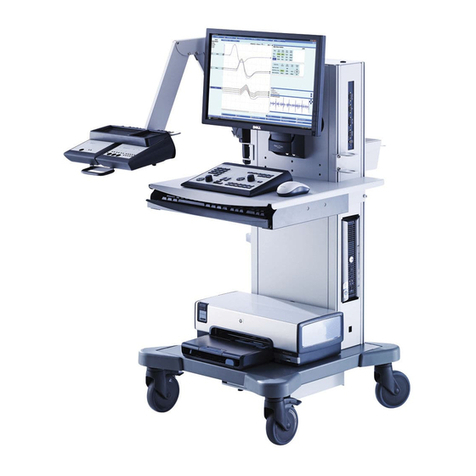
natus
natus Dantec Keypoint G4 User manual

natus
natus neoBLUE User manual

natus
natus Dantec Keypoint User manual
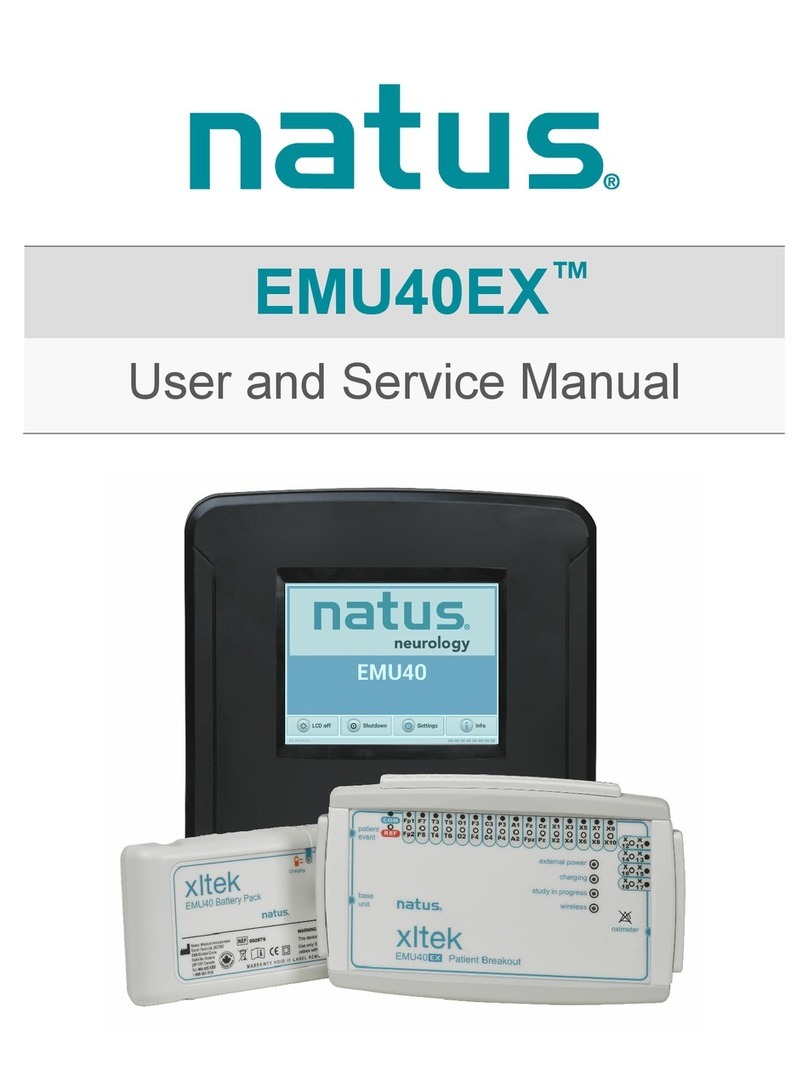
natus
natus Xltek EMU40EX Troubleshooting guide
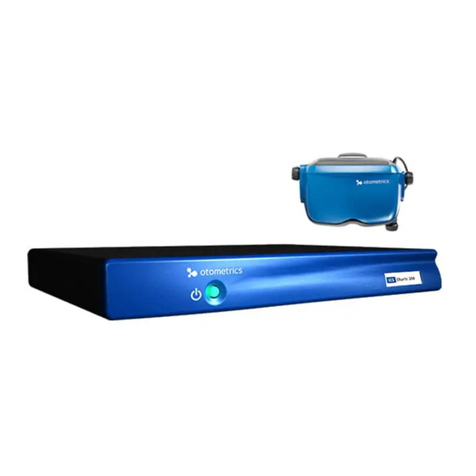
natus
natus Otometrics ICS Chartr 200 VNG/ENG Installation manual

natus
natus XLTEK EEG32U Troubleshooting guide

natus
natus XLTEK EEG32 Troubleshooting guide
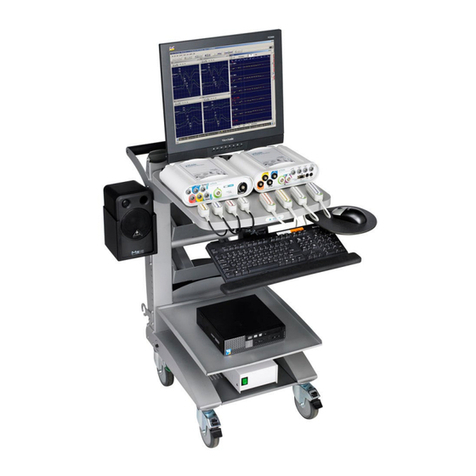
natus
natus XLTEK Protektor32 User manual
Popular Medical Equipment manuals by other brands

Getinge
Getinge Arjohuntleigh Nimbus 3 Professional Instructions for use

Mettler Electronics
Mettler Electronics Sonicator 730 Maintenance manual

Pressalit Care
Pressalit Care R1100 Mounting instruction

Denas MS
Denas MS DENAS-T operating manual

bort medical
bort medical ActiveColor quick guide

AccuVein
AccuVein AV400 user manual
